Xinchen Li
Your education: MFA, University of Wisconsin-Madison
Describe your art in three words: Memory, Nostalgia, Intimacy
Your discipline: Installation sculpture and contemporary jewelry
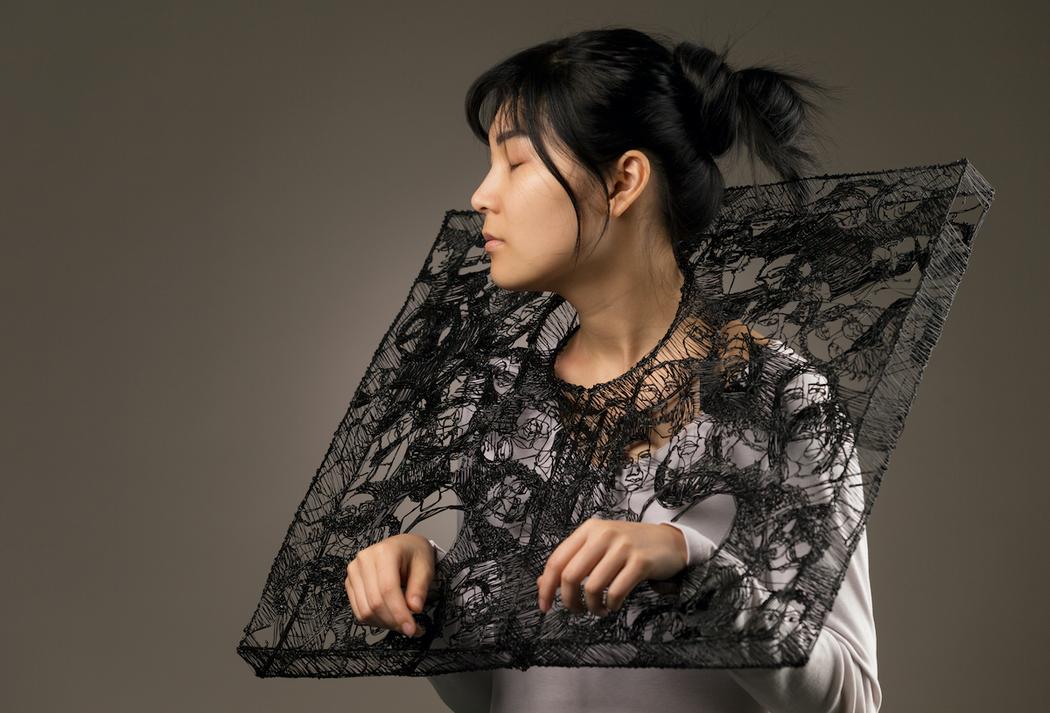 Xinchen Li | Shackle | 2020
Xinchen Li | Shackle | 2020
Your sculptures often depict familiar domestic objects such as a sewing machine, a clock, or a bed. What draws you to these everyday forms?
I am deeply drawn to these objects because they hold emotional weight and connect me to the intimate world of my childhood. They come from my grandparents’ home in China, where I spent much of my early life surrounded by handmade things filled with care and memory. Over time, as I moved across countries and left homes behind, these objects became fragments that lived only in recollection. By recreating them, I am not only rebuilding a space of belonging but also revisiting a past that is both personal and collective. These domestic forms carry stories of labor, tradition, and family, and through reimagining them, I explore how ordinary materials can preserve traces of love and loss. For me, the act of reconstructing these familiar things is an emotional negotiation with time and distance.
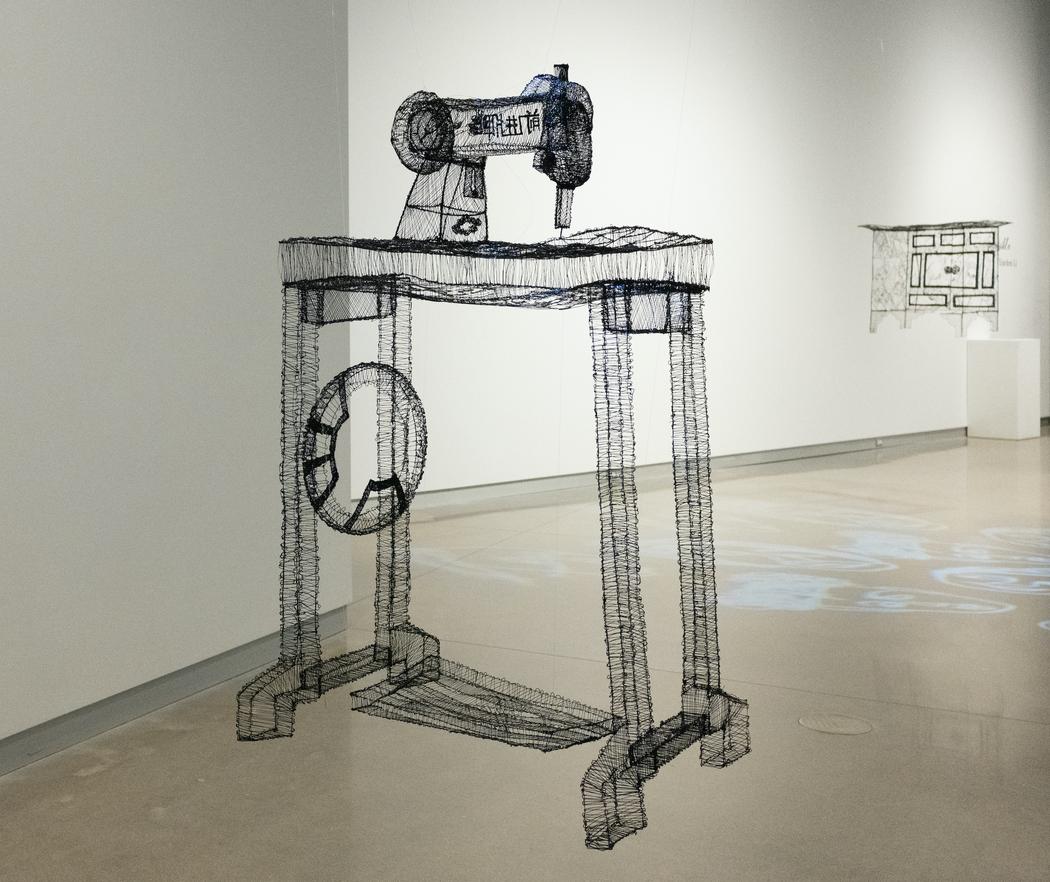 Xinchen Li | Sewing Machine | 2023
Xinchen Li | Sewing Machine | 2023
How did your transition from jewelry design to large scale installations influence your artistic language?
My training in jewelry taught me to appreciate the crafts and the sensitivity of materials. Working on a small scale requires patience, precision, and intimacy with the object, as jewelry is something that rests close to the body. When I began expanding my work into installation, I wanted to bring that same feeling of closeness into a shared physical environment. The transition allowed me to translate the intimacy of adornment into an immersive experience where viewers can step into the space of memory rather than simply wear it. The process of scaling up also changed my understanding of storytelling. Instead of creating pieces for individual connection, I began creating environments that speak to collective experiences of home, displacement, and nostalgia. It became a way for me to expand personal memory into a space of empathy and dialogue.
Memory and nostalgia seem central to your work. Do you see your sculptures as a way of preserving fleeting moments?
Yes, I do. My sculptures are acts of remembrance, but they are not attempts to freeze time or preserve things exactly as they were. I see them as reconstructions that acknowledge the fragility of memory and its constant transformation. Every time I recreate an object, I realize it cannot be identical to the original; it is a new interpretation built from emotion and imagination. That sense of imperfection is important because it mirrors how we remember. By using delicate materials, I let light and air pass through the structures, as if memory itself is breathing. In this way, my sculptures become spaces where the past and present coexist.
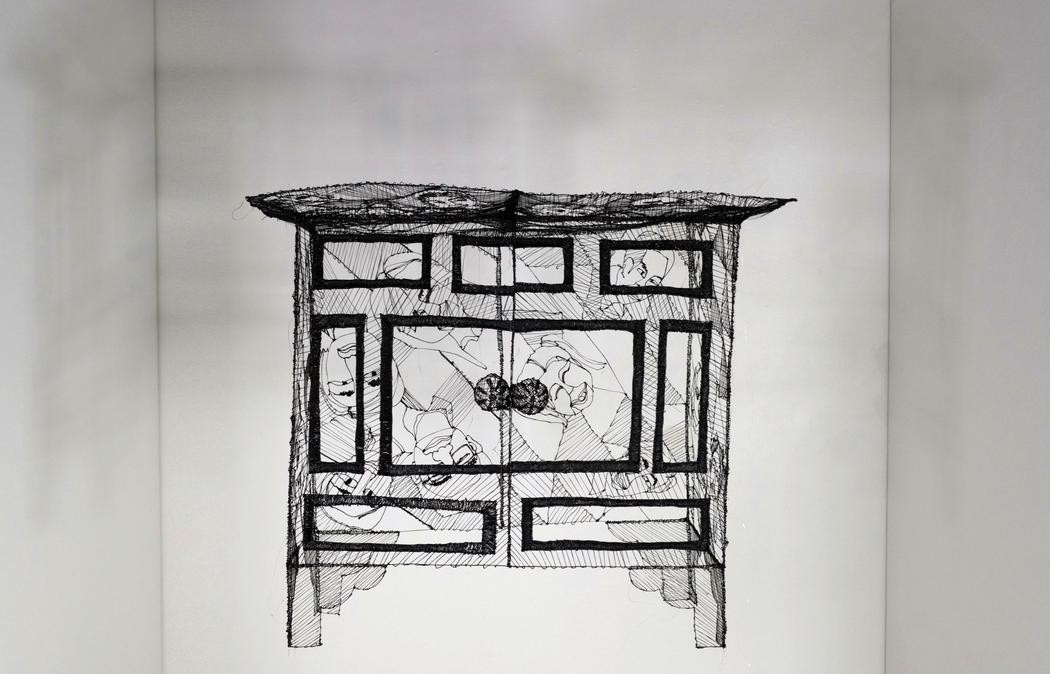 Xinchen Li | The Cabinat | 2023
Xinchen Li | The Cabinat | 2023
Why did you choose wire as your primary medium, and how does it relate to your background in jewelry and metalsmithing?
Wire is a material that bridges my past in jewelry and my current practice in sculpture. It allows me to draw in space, turning linear gestures into form. But the most common materials I use right now is PLA filament, a plastic thread that mimics the delicacy of metal yet remains light and flexible. This choice reflects the way memory works—fragile but persistent. The medium itself becomes a metaphor for reconstruction, allowing me to build forms that appear strong yet remain transparent, like traces of time suspended in air.
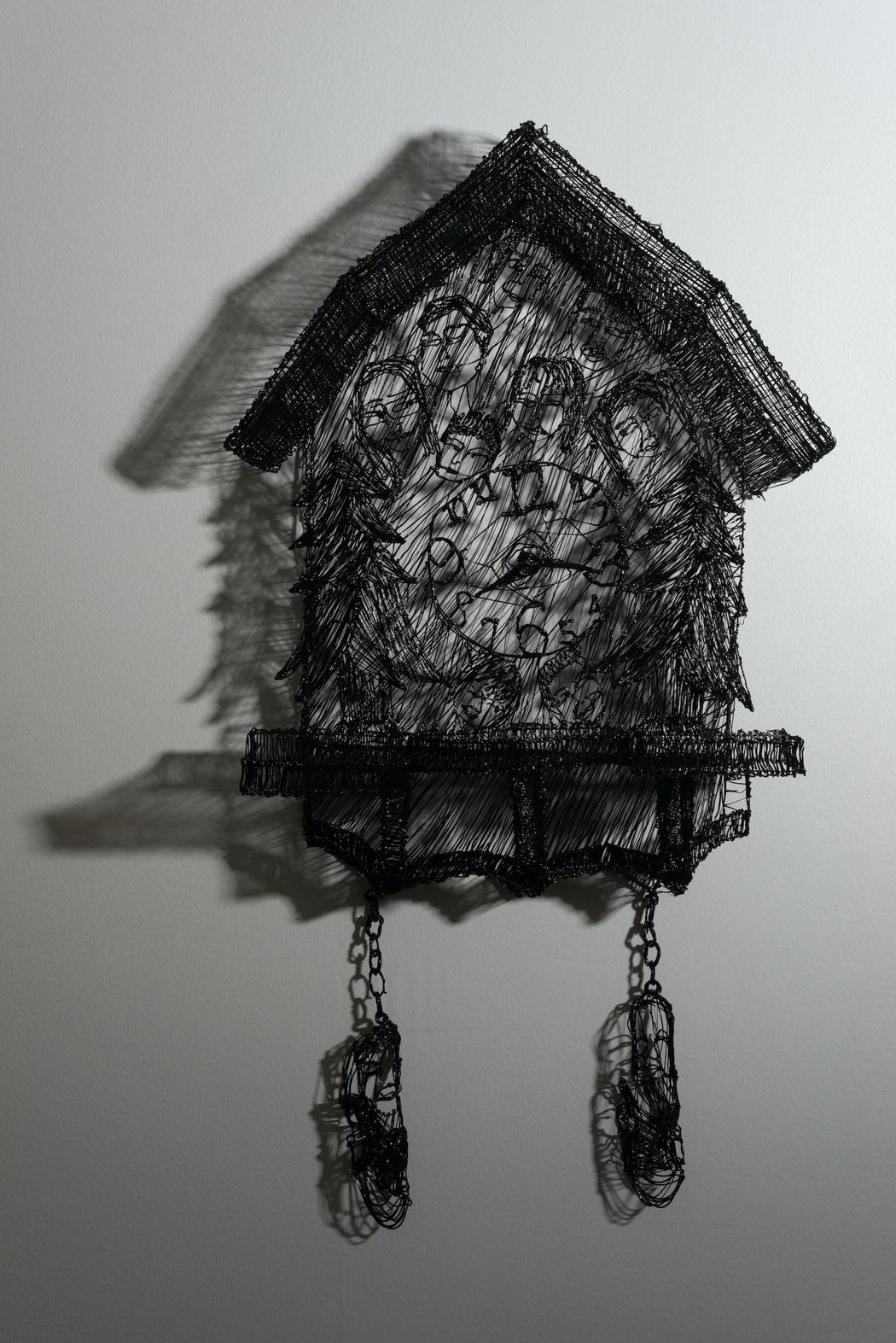 Xinchen Li | The Clock | 2023
Xinchen Li | The Clock | 2023
Your works often play with light and shadow, where the shadows almost become extensions of the sculpture. How intentional is this aspect in your process?
The relationship between light and shadow is very intentional in my process. I think of the shadow as a second layer of the sculpture, an invisible presence that reveals itself only when light touches the work. It feels like another kind of memory, something that cannot be held but still exists alongside the physical form. When I plan a piece, I consider not only the structure but also how it will interact with light in the space around it. The interplay of line and shadow allows me to explore how absence can carry as much meaning as presence, and how something intangible can still hold emotional weight.
The precision of your line work resembles drawing in three dimensions. Do you consider these sculptures as spatial drawings?
I would say yes, I do see them as spatial drawings. The process of working with a 3D pen feels very similar to drawing, except it happens in space. I usually start by sketching flat pieces and then assemble them into a larger structure. When I work with life-size furniture, the process becomes more physical and repetitive. I keep drawing in the air to add details, and each line records movement and time. The result feels like a drawing that has expanded into three dimensions.
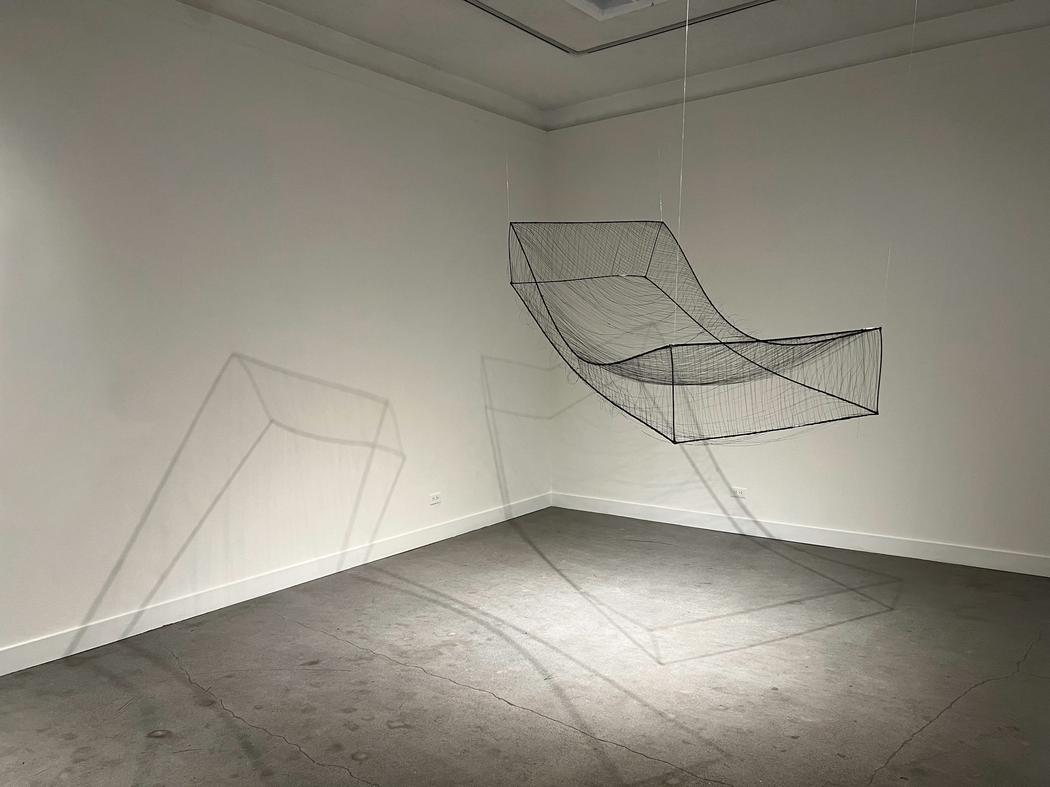 Xinchen Li | The Mattress | 2025
Xinchen Li | The Mattress | 2025
Growing up in China and now working in the United States, how do these two cultural contexts shape your artistic identity?
Both cultural contexts have shaped my identity in profound ways. Growing up in China gave me a strong sense of cultural identity and an appreciation for tradition. Moving to the United States expanded my understanding of artistic expression and allowed me to question, reinterpret, and rebuild my relationship with my tradition. It gave me space to explore ideas of migration, belonging, and the reconstruction of home through my practice. My work has become a bridge between these experiences, carrying traces of both cultural languages while speaking to universal feelings of distance and return.

Leave a Reply